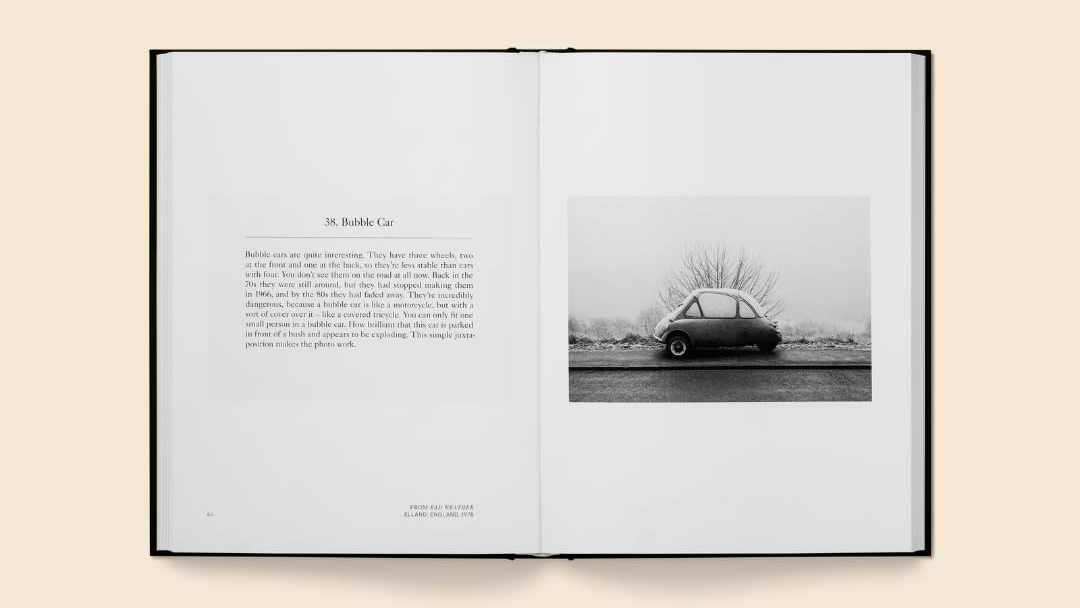Why you can trust Digital Camera World
The A9’s continuous shooting performance is genuinely awesome. Individually, the frame rate, buffer capacity and zero viewfinder blackout are impressive – but when you put them together, the shooting experience is transformed.
For our shots of gymnasts, staged by Sony, the Zone mode was very effective because the movement of the subjects was predictable. For our own experiments, with faster, more erratic subjects, the Wide mode was just as effective, finding our subject and following it doggedly.

However, the AF system does seem to need a decent area of high-contrast detail to lock on to. Its speed of acquisition and continuous focusing accuracy when shooting moving cars was very good. We got sharp results even with instant ‘reaction’ shots.
With ‘softer’ subjects, or small objects against a diffuse background, it ran into problems. The A9 simply couldn’t focus on a stormy sky, even though the clouds and clear sky beyond were well-defined, and struggled with small objects against the same sky.
It also had a panic attack capturing the chromework and paint job of a classic car in sunlight with bright, specular highlights, and only managed to lock on after we pre-focused on a nearby object a similar distance away. Maybe it was the 70-200mm f/2.8 G Master lens we were shooting with.
This was annoying, but given the AF’s speed and accuracy with regular subjects, it wouldn’t put us off too much. All cameras have foibles.


The 24MP sensor might seem like a step down compared to the A7R II, but the A9’s images are super-sharp and the resolution is easily a match for its main rivals, the EOS-1D X Mark II and the D5.
The best camera deals, reviews, product advice, and unmissable photography news, direct to your inbox!
High-ISO performance is competitive too. JPEGs taken at ISO 25,600 show noise and a loss of detail, as you’d expect, but the overall quality is good – the lower resolution and larger photosites really pay off here. If you shoot raw and use Adobe Camera Raw you get tight, hard noise but even better detail – and you can choose your own balance between noise reduction and definition.
Lab tests reveal dynamic range to be a whisker behind the EOS-1D X Mark II and similar to the D5, but in real-world shooting we found it to be fine. It’s possible to pull back highlight detail in raw files in Adobe Camera Raw and shadows seem to come up very well too.
Conclusions
With the A9, Sony has surely rewritten the rules for sports photography. Its 20fps continuous shooting speed is the headline specification, easily beating the Nikon D5 and Canon EOS-1D x Mark II, the industry's top shooters, but there are two more less obvious features that could prove even more important.
First, its silent electronic shutter mode could at last allow pro sports photographers to shoot during the serve at a Wimbledon final, or on the tee at the 18th hole at a golf tournament.
Second, with no viewfinder blackout it's much, much easier to follow moving subjects, and both you and the high-tech autofocus system have a fighting chance of keeping even the fastest-moving subjects in the frame.
The A9 is a great, great camera for sports and wildlife professionals. All Sony needs now is some fast prime supertelephoto lenses to really take on Canon and Nikon at the top of the professional league.
The sister print publication to this website, Digital Camera Magazine is Britain's best-selling photography publication – and it can also be purchased outside the United Kingdom as Digital Camera World.
Digital Camera Magazine is packed with more expert advice and more inspirational images than any other title, with the sole aim of helping you become a better photographer. Every issue we also bring you a selection of great gifts which are designed to help you get more from your photography – everything from tips cards and cheat sheets to free software and bookazines.
In addition to inspirational images, interviews, projects, mini tests and tutorials, each issue is packed with news, reviews and comparisons, as well as photographer vs photographer shootouts and head-to-head challenges using the best photo editing software.
The magazine is captained by Editor Niall Hampton.


